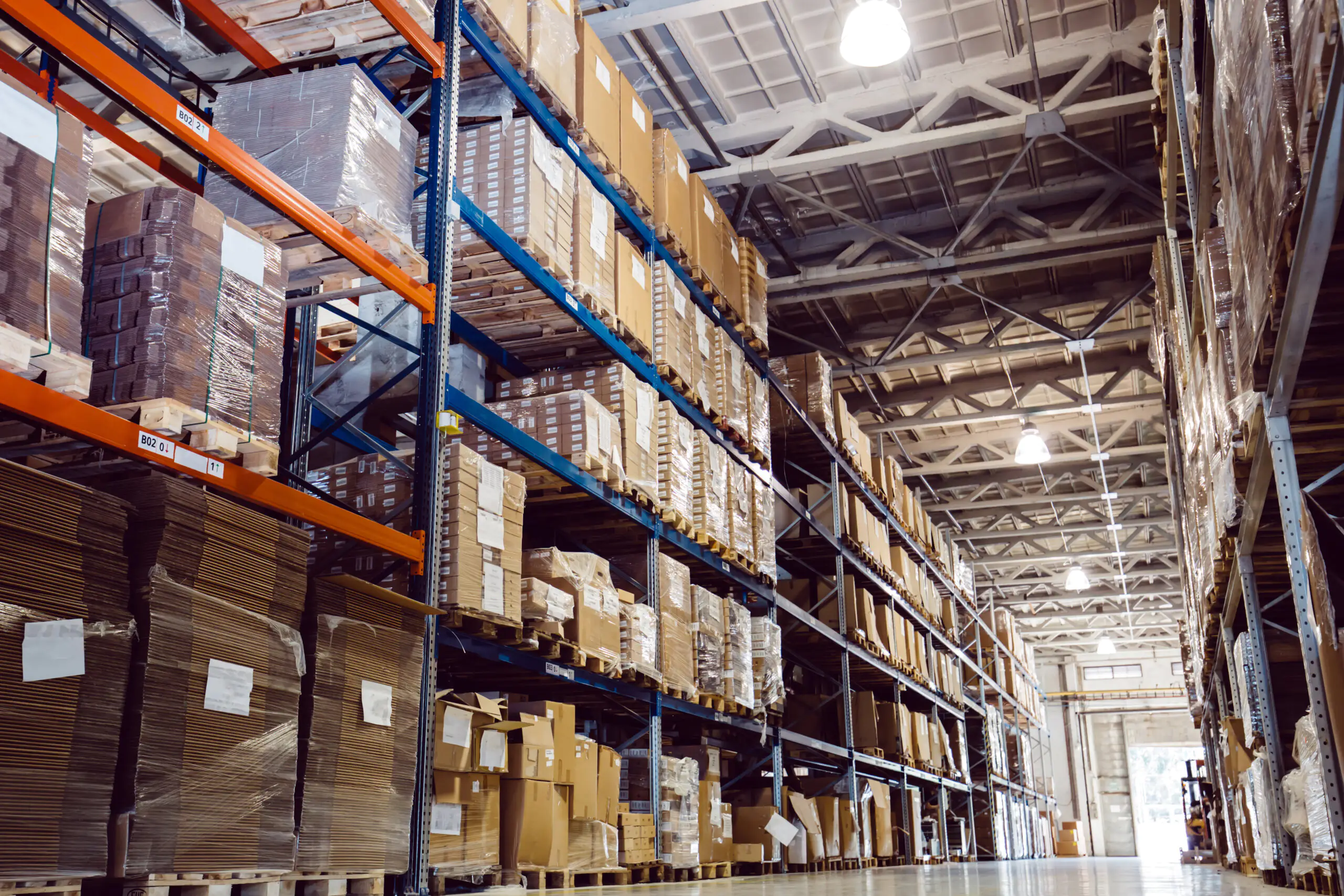Navigating Supply Chain Upheaval as a Regional Tech Integrator
February 2023, by Harish Bala, Head of Procurement and Logistics
Key Takeways:
COVID disruptions revealed supply chain vulnerabilities; agility and visibility are crucial. Despite volatility, we pivoted logistics and products, managed priorities amid shortages and combated counterfeits to protect clients. Looking ahead, resilience will come via digitization, automation, advanced analytics, cloud, regionalization, vendor partnerships, knowledge sharing and customer centricity.
Navigating Supply Chain Upheaval as a Regional Tech Integrator
The last few years have brought unprecedented upheaval to global supply chains, with ripple effects being felt across industries worldwide. As Procurement and Logistics Manager at Emircom, with remit over both the UAE and KSA operations, I have witnessed these disruptions firsthand. From the tech chip shortage to logistics breakdowns in the wake of COVID-19, we have confronted immense challenges that have required creative solutions.
When the pandemic hit in 2020, countries closed borders and manufacturing facilities shut down. With air freight disrupted, we rapidly pivoted to alternative shipment routes despite longer lead times increasing by an average of 15 days. We also immediately looked at the alternate products with lower lead times to buffer against volatility. Nonetheless, with acute component shortages and skyrocketing freight costs that tripled on some lanes, we struggled to fulfill customer orders on time. Like many distributors, we were not immune to global scarcity.
The chip drought has proven especially problematic, causing delays in delivering key infrastructure like servers and network switches to our clients. With demand far outpacing supply, we have battled general allocation challenges. This has required transparent communication with vendors and customers to set realistic expectations. While aiming to satisfy urgent customer needs, we’ve had to make difficult prioritization decisions amidst allocation constraints.
At the same time, we’ve needed to address reports of counterfeit hardware entering supply chains. We have strengthened procurement vetting procedures to combat this risk. It’s also meant advising clients to only buy from authorized sources, warning against “grey market” temptations despite lead times lengthening by over 35% on critical products. Protecting our customers remains paramount.
Through it all, the volatility has underpinned the need for supply chain visibility and agility. We have leaned more heavily on data insights to foresee disruptions. When possible, we have diversified transportation routes to mitigate bottlenecks. We are also evaluating regionalization opportunities to shorten delivery timeframes in growth markets like Saudi Arabia by over 50% for select products.
Moreover, we are building resilience through partnerships. Co-developing solutions with our vendor ecosystem gives joint ownership in overcoming challenges. We can tackle problems collectively, align priorities, and deliver integrated offerings that solve real customer problems.
The growth of cloud is a prime example. As enterprises accelerate cloud adoption regionally, we are working closely with partners like Cisco on hybrid cloud solutions. With supply issues affecting on-premises hardware delivery, we are focused on enabling cloud consumption through platforms like Cisco Plus. This allows us to provide secure cloud networking-as-a-service in days rather than months to deploy hardware. Cisco’s channel programs have been crucial for supporting this transition.
Looking ahead, we see digitization as key to supply chain improvements and competitive differentiation. We are thus investing in systems integration to improve visibility, control, and automation across procurement, logistics and warehouse management, . Machine learning can help forecast demand and identify anomalies early. Blockchain has potential to improve traceability across supply networks.
At the strategic level, we aim to become an international POP provider and to better align inventory planning with real-time customer requirements using advanced analytics. Digitally mapping our supply ecosystem will enable scenario modeling and rapid adaptation when disruptions occur. We are also building a central knowledge base to systematically capture supply chain insights over time.
Fundamentally, this tumultuous period has underscored the need for resilience. We are forging strategies and partnerships to withstand shocks, while doubling down on customer centricity. As a trusted partner, we must help customers navigate uncertainty and provide reliable access to the technology solutions underpinning their own transformation.
With the right digital investments and ecosystem collaboration, we are confident we can build an agile, customer-focused supply chain. This will ensure Emircom emerges stronger from the current challenges to support regional growth for years to come. Though the road ahead remains bumpy, we are leveraging this difficult period as an opportunity to strategically reinvent ourselves.